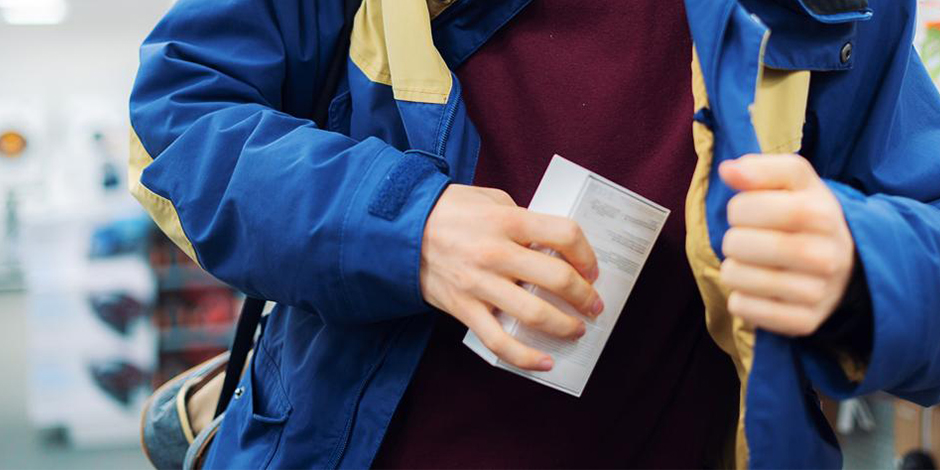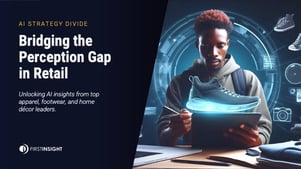The recent spate of headlines about the retail theft crisis implies that shoppers have suddenly gone rogue, on a crime spree ranging from cheating at self-checkout kiosks to those brazen smash-and-grab attacks.
But a look behind the headlines suggests there is a problem but not really a crisis.
Furthermore, it’s less about customer behavior than it is about gaps in merchants’ inventory controls and a plague of cheap counterfeit goods available online, which are considered retail theft crimes.
For starters, the notion that shrinkage – the industry term for all categories of missing inventory – is a crisis is not backed up by the math, nor some experts.
The biggest headlines were those reporting a study released last month by the National Retail Federation, a trade group, that estimated a 20% surge in total retail “shrink” last year, or about $18 billion worth of goods. That’s a big number, but as a percentage of all retail sales in 2022 (about $5 trillion), the increase represents about one third of one percent – a pretty small number in the overall scheme of things.
Furthermore, the NRF said that when survey respondents were asked to disclose their inventory shrink as a percentage of sales, the average was 1.6%, slightly above a five-year average of 1.5%. And when companies talk about shrinkage they are referring to causes that include goods that are damaged, expired, stolen from warehouses, and stolen by employees.
When Target recently announced that it is closing nine of its stores in locations where it has been “unable to manage theft and organized retail crime,” the rationale struck some as suspect. David Blumenfeld, whose company owns one of those locations, a shopping center in Harlem, New York, told Bloomberg that the closing was a “business decision to move to small-format stores.” He noted that Target had already signed a lease to open a store less than half the size only a mile and a half away.
Another sceptic is Nicole Lewis, an editor at the nonprofit news organization The Marshall Project. According to a report on Marketplace.org, Lewis did a deep dive into the issue and concluded that retail theft “remained stable from 2016 to about 2022.” She said data on retail theft is scarce and she couldn’t find a single agency that breaks out shoplifting as a specific category of crime.
The headlines may be enticing, but the impact seems to be limited in many ways including certain locales.
Perhaps a benefit of the retail theft issue is the debate it has triggered over how customers feel about shopping.
Read the full blog on Forbes.com. *Subscription required.
















